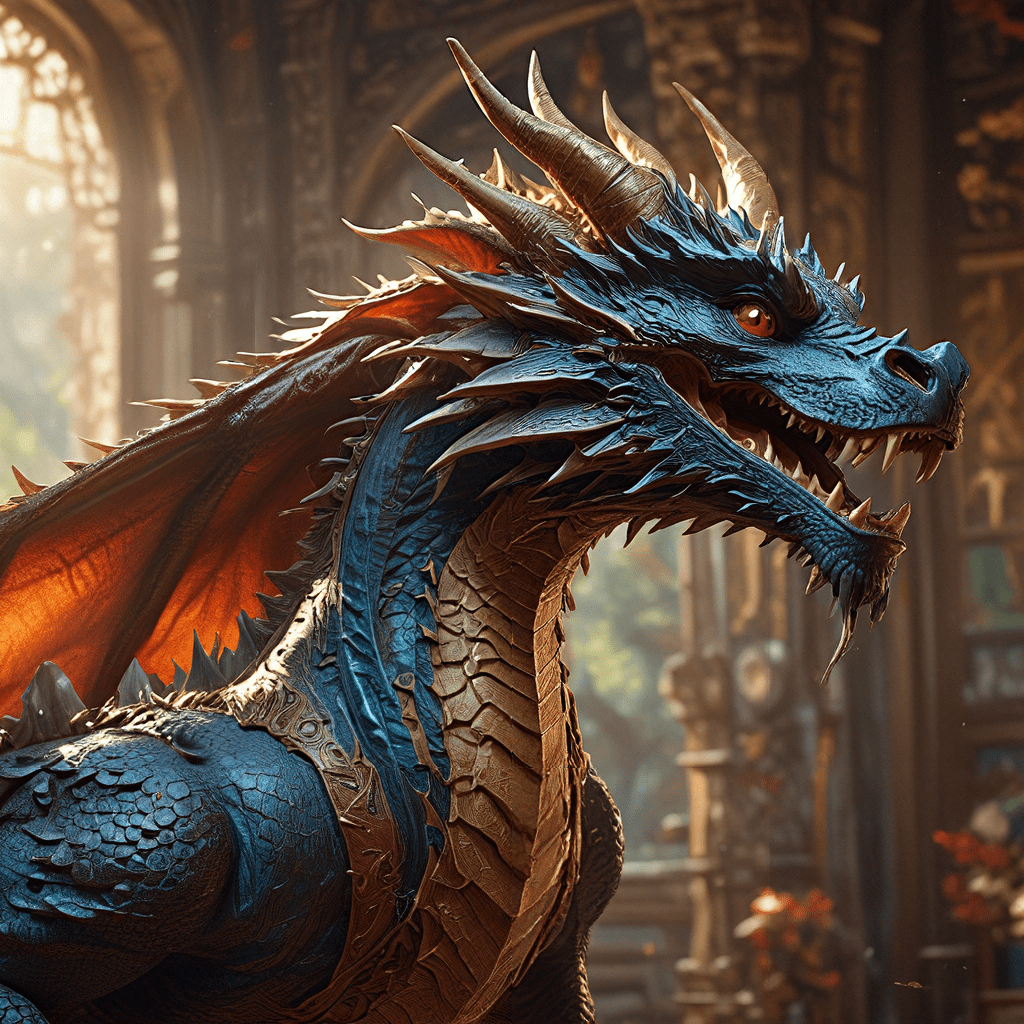Cerberus in Television: Exploring the Myth’s Presence in Popular TV Shows
I. Introduction
Cerberus, the three-headed dog from Greek mythology, serves as the fierce guardian of the Underworld, preventing the souls of the deceased from escaping. This mythological creature has not only captured the imagination of ancient cultures but has also made significant inroads into modern popular culture. As a symbol of the supernatural and the unknown, Cerberus embodies the themes of fear, protection, and the afterlife, making it a compelling figure in storytelling.
This article aims to explore the representation of Cerberus in television, analyzing its mythological roots and its various appearances in both animated and live-action series. By examining how this mythical creature is portrayed and understood, we can gain insight into its cultural significance and the themes it embodies.
II. The Mythological Roots of Cerberus
A. Origin and description of Cerberus in Greek mythology
Cerberus is often depicted as a monstrous three-headed dog with a serpent’s tail and a mane of snakes. He is the offspring of Echidna and Typhon, two fearsome figures in Greek mythology, and is most famously known as the guardian of Hades, the Underworld. His primary role was to ensure that the dead could not escape and that the living could not enter without permission.
B. Symbolism and cultural significance of Cerberus
Cerberus symbolizes the fear of death and the unknown, as well as the concept of boundaries—both physical and metaphysical. In many stories, he represents the trials that heroes must overcome, serving as a powerful obstacle in their journeys.
C. Cerberus as a guardian figure of the Underworld
As a guardian, Cerberus embodies the duality of protection and menace. He is tasked with safeguarding the realm of the dead, making him a complex figure that evokes both dread and respect. His presence often serves as a reminder of the inescapable nature of death and the afterlife.
III. Cerberus in Animated Series
A. Overview of animated shows featuring Cerberus
Cerberus has made numerous appearances in animated series, often portrayed in a more whimsical or heroic light compared to his mythological origins. Notable examples include:
- “Hercules: The Animated Series”: Here, Cerberus is depicted as a loyal pet of Hades, providing comic relief with his goofy antics.
- “The Sandman”: In this adaptation of Neil Gaiman’s work, Cerberus retains a more ominous presence, emphasizing his role as a guardian and his connection to the afterlife.
B. Themes and messages conveyed through Cerberus’ representation
The portrayal of Cerberus in animated series often reflects themes of loyalty, protection, and the struggle between good and evil. While he serves as a guardian, his characterization can vary between being a humorous companion or a fearsome protector of the Underworld, highlighting the adaptability of mythological figures in modern narratives.
IV. Cerberus in Live-Action Television
A. Analysis of live-action shows that include Cerberus
Live-action television has also embraced Cerberus, often presenting him in darker and more complex roles. Some notable examples include:
- “Supernatural”: Cerberus appears as a guardian of Hell, embodying the show’s themes of the supernatural and the battle against dark forces.
- “Game of Thrones”: While not directly named, the three-headed dragon is reminiscent of Cerberus, symbolizing power and the complexity of loyalty.
B. The impact of Cerberus on plot and character development
In live-action series, Cerberus’ role often acts as a catalyst for character development and plot progression. His presence can challenge protagonists, forcing them to confront their fears and engage with the themes of death, loyalty, and protection.
V. Cerberus and the Horror Genre
A. The role of Cerberus in horror-themed television series
Cerberus frequently appears in horror-themed series, where he embodies the embodiment of fear and the supernatural. His three-headed form can evoke a primal sense of dread, making him a fitting figure for horror narratives.
B. Analysis of Cerberus as a symbol of fear and the supernatural
In horror contexts, Cerberus often represents the inescapable nature of death and the unknown. His presence can symbolize a barrier between the living and the dead, enhancing the tension and stakes within the narrative.
C. Case studies of specific episodes or series
For instance, in the series American Horror Story, Cerberus-like creatures appear, serving to heighten the atmosphere of dread and the theme of confronting one’s fears. Episodes that feature such creatures often delve into the psychological implications of mortality and the afterlife.
VI. Cultural Interpretations of Cerberus
A. How different cultures adapt the Cerberus myth in television
Different cultures have adapted the Cerberus myth in various ways, reflecting local beliefs about the afterlife and the supernatural. This adaptability allows for a rich tapestry of interpretations across global television.
B. Comparisons between Western and Eastern depictions of Cerberus
While Western depictions often emphasize Cerberus as a fearsome guardian, Eastern interpretations might focus on his protective qualities. For example, in some Asian cultures, similar three-headed creatures symbolize protection and guidance, showcasing the diverse meanings associated with such figures.
C. The evolution of Cerberus’ portrayal over time
Over time, Cerberus has evolved from a purely fearsome creature to a more nuanced character in television. This evolution reflects broader cultural shifts in how society views death, protection, and the supernatural.
VII. Fan Reception and Cultural Impact
A. Audience reception of Cerberus in various shows
Fan reception of Cerberus has been generally positive, with audiences appreciating the blend of mythological significance and contemporary storytelling. The character’s versatility allows for varying interpretations, contributing to his lasting appeal.
B. The role of fandoms in popularizing mythological figures like Cerberus
Fandoms play a crucial role in popularizing mythological figures like Cerberus, creating communities that celebrate and explore the character’s significance. Fan art, discussions, and theories often contribute to a deeper understanding of his role in various narratives.
C. Merchandise and spin-offs related to Cerberus in television
The popularity of Cerberus has led to numerous merchandise opportunities, including action figures, apparel, and collectibles. Spin-offs and adaptations that feature Cerberus continue to emerge, reflecting the character’s enduring legacy in popular culture.
VIII. Conclusion
Cerberus has secured a significant place in television, serving as a compelling representation of mythological themes that resonate with audiences. His portrayal in both animated and live-action series highlights the creature’s adaptability and cultural significance.
The enduring appeal of mythological figures like Cerberus speaks to humanity’s fascination with the unknown and the afterlife. As television continues to evolve, there remains an exciting potential for new interpretations and adaptations of Cerberus, promising to keep this ancient myth alive in modern storytelling.



